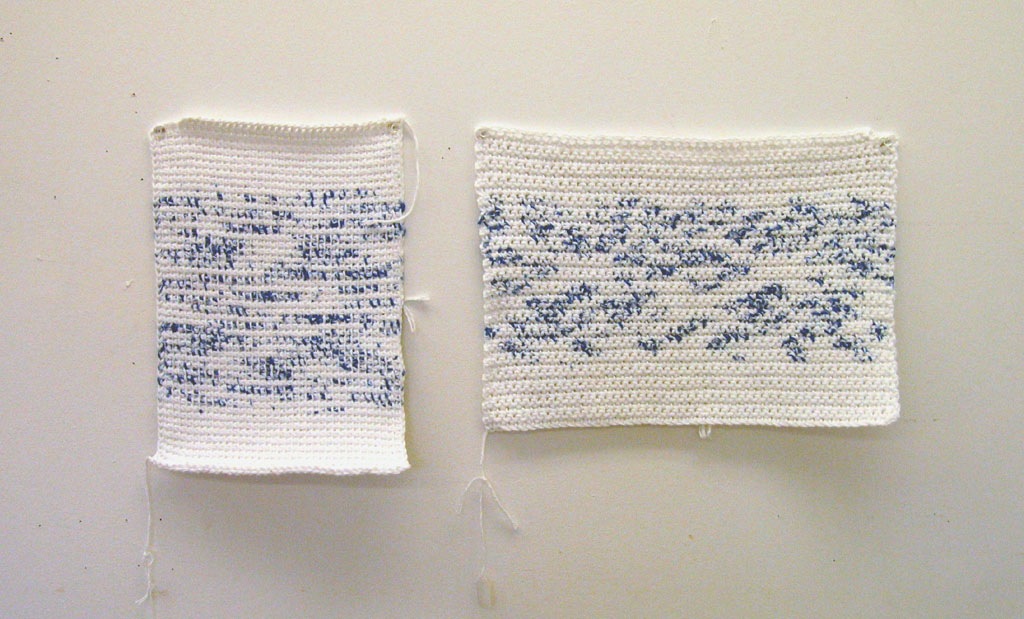Drawing the Canada-Wide Science Fair : Mary-Anne McTrowe
Drawing the Canada-Wide Science Fair is a collective of sixteen artists who have come together to interpret and play with the spectacle of a national science fair through visual language. By drawing on-site during the Canada-Wide Science Fair, the artists will create and immediately broadcast drawings of selected projects on display. The idea is to expand the notion of drawing around science themes to include the potentials of visual priority, cross-disciplinary work, collaborative drawing, multi-perspectival drawing, non-precious drawing, interactions with people, live tweeting, 5-second-delay blogging, and other unexpected possibilities. Here’s an introduction to Mary-Anne McTrowe, Canada-Wide Science Fair Artist.
Mary-Anne McTrowe was born and raised in southern Alberta, where she earned her B.F.A. at the University of Lethbridge. She went on to pursue graduate studies at Concordia University in Montreal, and received her M.F.A. in studio art in 2001. Her work has spanned a number of different media, and her practice focuses on the question of how things that are familiar to us can be made unfamiliar; how a change in context can render something temporarily strange and perhaps even unrecognizable. McTrowe is a member of the art-ernative band The Cedar Tavern Singers AKA Les Phonoréalistes with Daniel Wong, was a founding member of Trap\door Artist Run Centre, and currently works as a technician in the art department at the University of Lethbridge.
Musings on Science and Drawing by Mary-Anne:
Describe an experiment you’ve done: “One and the Other, One into the Other” (2006) was an experiment to see what would happen to a recognizable symbol (in this case the word “yes”) applied to the surface of a crocheted square, when the square was unraveled and then re-crocheted. In one part of the experiment, a square was unraveled and re-crocheted using the same stitch as the original square, and in another a square was re-crocheted using a different stitch. When a different stitch was used, even the square became distorted.
How is drawing a part of your practice: Drawing is not always a part of my practice, but Sol LeWitt’s statement about drawing- “Obviously a drawing of a person is not a real person, but a drawing of a line is a real line”- is a constant consideration.

